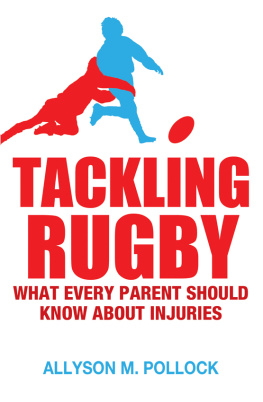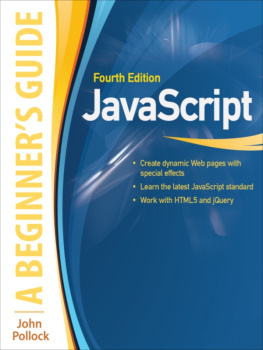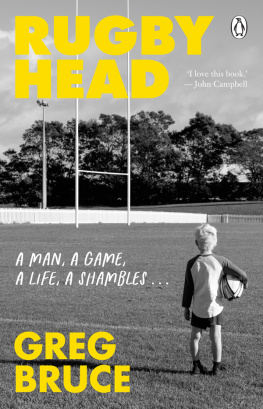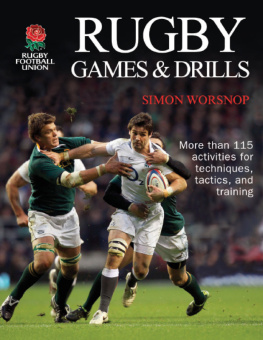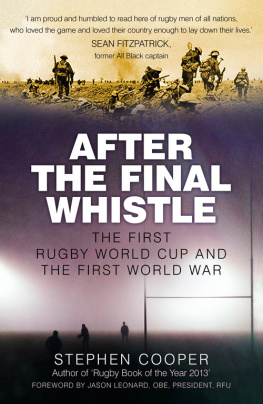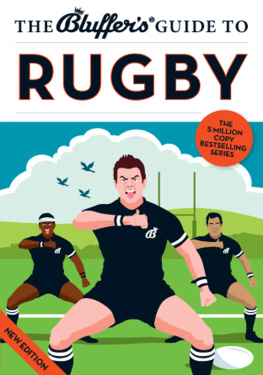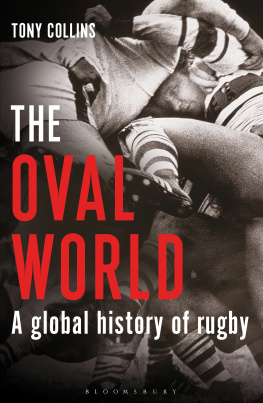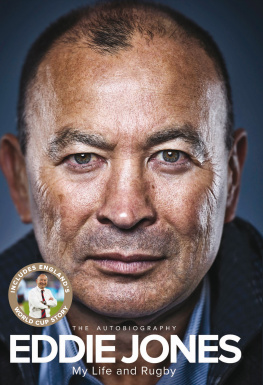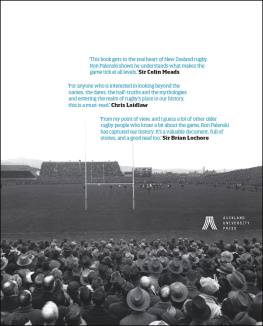Allyson M. Pollock
Today in the United Kingdom it is almost impossible to have a rational conversation about the risks of rugby to children without provoking shrill cries about the nanny state. Every year more names are added to the list of children seriously, and occasionally fatally, injured playing the game, yet our schools, sporting authorities and government departments are failing even to properly monitor rugby injuries or assess the risks. It is as if we have collectively chosen the bliss that comes with wilful ignorance to avoid the uncomfortable truth that the evidence may reveal.
Throughout the playing season, images of heads slamming against heads, bodies colliding with bodies are beamed to our TV screens from the grand stadia of the professional game. The same is happening on the windswept school pitches where our children compete. For every man injured in professional play, thousands of young boys and girls are being hurt. The vast majority of them will never make professional players, but no matter. Believing that the game is their moment of glory, the children throw themselves into the fray until, damaged, they are discarded, and new children take their place.
Studies show that injuries to children as a result of rugby are common, and can have very serious consequences. We need to have an urgent debate about whether the rules of childrens rugby should be radically changed, and whether it should remain a compulsory sport in some schools. This book does not call for an outright ban on school rugby, but it does demand that more rigorous evidence is collected to inform a discussion about how this much-loved game can be made safe for children. Once the true facts about rugby injuries become widely known, many parents may indeed be moved to call for a ban on school rugby. But as a matter of urgency we must, at the very least, ask why parents are not required to give consent for their children to play; why rugby remains a compulsory part of the curriculum in many schools; and why we do not systematically monitor and publicise the risk of injury from what is obviously a dangerous sport.
Original research presented in these pages suggests that children playing rugby have at least a one-in-six chance of being seriously injured during a season. A separate study, from an accident and emergency department in Northern Ireland, found that 43 per cent of all sport-related injuries in secondary school children were attributed to rugby, three times more than any other sport.
Concerns about the safety of rugby, especially for young players, are not new. For over thirty years there have been warnings.
In January 2011, fourteen-year-old Benjamin Peter Robinson from Northern Ireland collapsed on the rugby field after a tackle in the final minutes of a match. He later died. At his inquest in September 2013, the coroner ruled that Benjamin died from second-impact syndrome . Second-impact (or double-impact) syndrome occurs when a player sustains a second brain trauma before recovering fully from a prior concussion or other serious brain injury. Benjamin had continued to play for twenty-five minutes following two heavy collisions and concussion, before a final blow killed him.
Lucas Neville is another victim of the game, although he has lived to tell the tale. He was just eighteen years
Although, shamefully, the cases of Benjamin Robinson and Lucas Neville received very little attention from politicians at the time, they did highlight just how high the stakes are. Several of the injuries commonly sustained by rugby-playing children are extremely serious. Concussion is one of them. Aside from the risk of second-impact syndrome, head injury can cause internal haemorrhaging and bleeding, hearing loss, blindness and long-term or permanent damage to the brain. Then there are the spinal injuries also prevalent in the game, especially among forwards, which can leave young players paralysed for life. A glance at the websites of charities like Hearts and Balls, set up to help seriously injured players, reveals the hidden dark side of rugby and the anguish of so many families struggling to cope with the life-long consequences of a single moment on the pitch. And not to be underestimated, there are the smashed bones and torn ligaments that can cause lasting physical damage, put an end to the enjoyment of sport and have profound psychological effects. Most of these injuries occur during tackles and scrums the contact elements of the sport.
One thing is for sure, we are not doing enough to prevent these injuries, and that will only change when the tyranny of silence surrounding the subject is broken. If the arguments for changes to the game or a ban on childrens rugby sound extreme in the current climate, it is only because our ignorance is so deep and the taboo of speaking out so great. Information on school rugby injury is scanty because rugby unions and public authorities have conveniently failed to collect systematic data or to provide parents with clear information about known risks. The refusal to make a serious attempt to gather that evidence raises the question of why so little is being done.
A key explanation is the commercial power of the sport itself. That power, concentrated in the top-tiers of the professional rugby unions, recoils at the idea of proper monitoring of rugby injuries, perhaps because it knows that the facts could create a backlash of bad publicity and litigation and put parents and children off the game.
Rugby unions are large businesses. Over an eight-year period (2004/5 to 2012/13) the English Rugby Football Union (RFU) grew its revenue by 81 per cent, from 84.8 million A look through the accounts of these unions reveals a preoccupation with income generation recruiting players, growing the fan base and expanding corporate and government sponsorship.
In England, viewing figures for international rugby demonstrate the games popularity. In 2011, the Six Nations tournament matches attracted an average of 4.6 million
In terms of participation, rugby union is the most popular high-impact collision sport and the third most popular team contact sport worldwide.
The rugby unions need parents to send their boys and girls into the system, from school teams to junior clubs to college and university teams. Without them there can be no game. As the Guardian reported of the English RFU, Among various initiatives is a desire to install Wi-Fi into more rugby clubhouses, on the basis that modern teenagers wont hang around long there otherwise. A World Cup on home soil in 2015 is also a perfect opportunity to encourage more women to embrace the sport, both on and off the field. In terms of inspiring the next generation it promises to be English rugbys Olympic moment.

